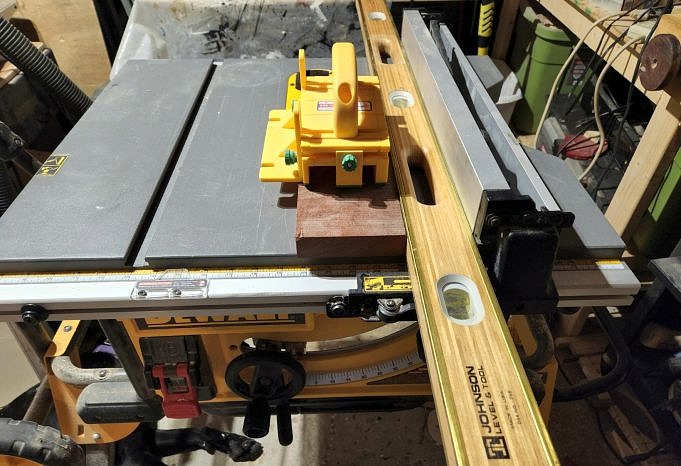You can use a variety of tools to join wood workpieces, including a table saw and a biscuit joiner. You can use each piece of equipment to make different types of joints, such as dovetail or dado joints. Below, we have shed light on some major wood joining tools you should have to take your woodworking job a notch higher.
Biscuit joiner
A biscuit joiner is the primary tool for wood joining. It is available in two types: handheld and table jointer. It comes with a circular blade that slices through the wood parallelly and creates small pockets in the wooden edges where you have to insert the biscuits. Full biscuit insertion is not possible. The tool can be inserted halfway and the exposed portion will hold the other piece. A biscuit joiner is the most commonly used tool, but it cannot hold heavy or large wooden pieces together. You should only use it when you are working with smaller pieces of wood.
Table saw
A table saw is a great woodworking tool to create joints like mortise and tenon, half lap joint, and mitered butt joint. It also features a circular blade that serves as a saw and can easily cut through various wooden workpieces, including thick hardwood plates, plyboards, and even MDF (medium-density fibreboard). The tables surface area is quite large, and the saws blade is usually located at the far end from where you stand, so cutting large workpieces wont be a hassle anymore.
Dovetail jig
You can create various dovetail joints using the dovetail joint jig by creating edge grooves in wood workpieces. This joinery type is said to be the strongest and is used in connecting two large pieces of wood perpendicularly. The machine comes with multiple pins which will cut through the wood when you turn it on. Additionally, the electric motor provides power for the entire jig. But, firstly, you should get a dovetail jig pitch, which is a steel plate with grooves designed along both edges.
Dowel jig
A dowel jig is almost like a biscuit joiner, but it involves drilling activities instead of cutting through the wood. You can have multiple holes, of different sizes or exact. It is necessary to attach it on the woods edge. Next, guide the drill bit through the jogs hole.
WHAT ARE DIFFERENT WOOD JOINT TYPES?
The common joint types are:
- Mitered butt joint: Wood pieces are joined at an angle to enhance esthetic beauty and hide the end grains
- Mortise & tenon: Mortise & tenon are one of the strongest joints. Here, an extended part of the wood workpiece is inserted into a groove slot of the same size and shape
- A half-blind dovetail join: The pins, tails and dovetail joints are concealed by the pins and tails. Only one wood workpiece is visible.
- Dado joint: This is where a square groove is made in one piece of wood and another workpiece is inserted into it to form the joint
- Biscuit joint: In this joint, a cut is made into the workpiece along its edge and a small biscuit is inserted
FINAL WORDS
When choosing wood joining tools, you should be careful about their size, power, pitch length, bit size, and many more features. If the chosen tool is not of the highest quality, you wont be able to achieve perfection in wood joinery work.



